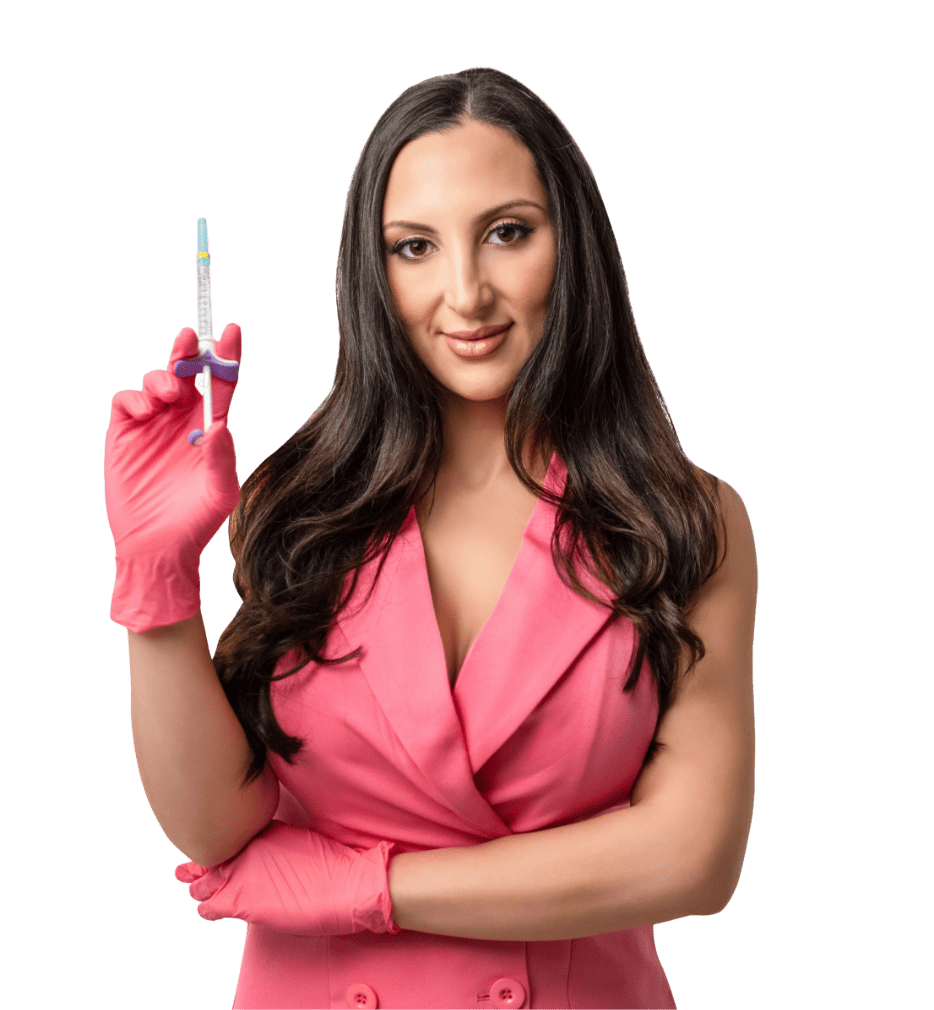How to Choose The Best Medical Aesthetics Training Course

Top-notch training is what makes a great injector. The people you learn from, the environment you train in, and the techniques you master will influence your entire career, which means choosing the right training program is essential.
I’ve learned what you should look for (and avoid) in an aesthetics training program based on years of attending courses and becoming a trainer myself. Here are my top tips:
● Get In-Person, Hands-On Training
There is absolutely NO replacement for in-person training! While more virtual options are available now, those should be limited to advanced injectors who want to learn different techniques.
Hands-on practice is a must for beginners because you need to feel what it’s like when injecting different planes of the face. For example when the needle is subdermal versus supraperiosteal (on top of bone), how to safely insert a cannula, and so much more that can only be learned with live models.
● Start With the Basics
The ‘basics’ training course is for neurotoxin and fillers. Toxin and filler injections are the foundation of medical aesthetics, and will leave you with the certification you need to get started. Beginners should be focusing on simpler injections, while advanced injectors might develop their skills for higher-risk areas like the tear trough and temple.
● Make Sure It Covers All the Bases
While the hands-on work is the most exciting, there is A LOT more to training than just injecting. A comprehensive program will have lessons on anatomy (facial muscles, planes of the face, etc.), techniques, treatment protocols, complications management, and products, as well as injection practice.
In my opinion, anatomy should be a big focus of training. Having a strong foundation in anatomy is what will help injectors customize their treatments to different people, whether they’re male, female, old, young, or have unique facial features.
Some programs even offer extras after the coursework is done. One extra is injector shadowing, which is a great way to learn how to communicate with clients, how to assess patients, and what other day-to-day work is involved in running an aesthetics practice. Another is a mentorship program where you can stay in touch with the trainer to ask questions, get advice when dealing with complications, and feel a greater sense of community.
● Know What Kind of Learner You Are
With in-person training, there are a few different elements that might impact how you learn. One is that training can be offered one-on-one, semi-private, or in group settings. While all of those can be great options, some people are less likely to admit they don’t understand something in a big group, whereas they can ask more questions and get more practice with smaller groups or one-on-one.
Another thing that differs among programs is how the practitioner teaches. Some trainers will start with a lecture, then show you the procedure, then ask you to try it. Others might have you practice while talking you through it. Or, they will have some combination of those methods. Make sure you know what process you’re most comfortable with and that the trainer can be flexible to your needs.
● Research the Trainer
The great thing about injector trainers is that they will definitely have a social media presence! That’s a great way to get to know them a little better and see what results they have achieved for their clients. You can also check out Google reviews or testimonials on their website. Make sure they have their own certifications – and the more they have, the better.
Luckily trainees are just like clients – they will prefer one trainer over another. An easy way to find a good program is to ask friends who they recommend or to talk to past trainees of courses that you’re interested in.
Try asking these questions: how confident did you feel when you left training? How much hands-on training did you get to do? Do you think you have a good foundation in anatomy as well as technique? Did you feel comfortable asking questions and getting help?
At the end of the day, it’s easier to train with someone you can connect with. If they seem accessible and personable, you’ll be less nervous to ask questions. Plus, if they are receptive and flexible to your learning style, you’ll feel more confident in class.
● Be Realistic!
The last piece of advice I have is to be realistic. What I mean by that is not to expect one course to be all you need. Aesthetics training is definitely not a one-and-done. It’s a commitment to continuous learning throughout your entire career (that’s what the best injectors do).
If you’re a beginner, start with beginner courses, then move up to intermediate and advanced as you build your foundation. For those that love aesthetics, continuous training is a great way to hone in on specific skills, meet new friends, and advance your practice!







0 Comments